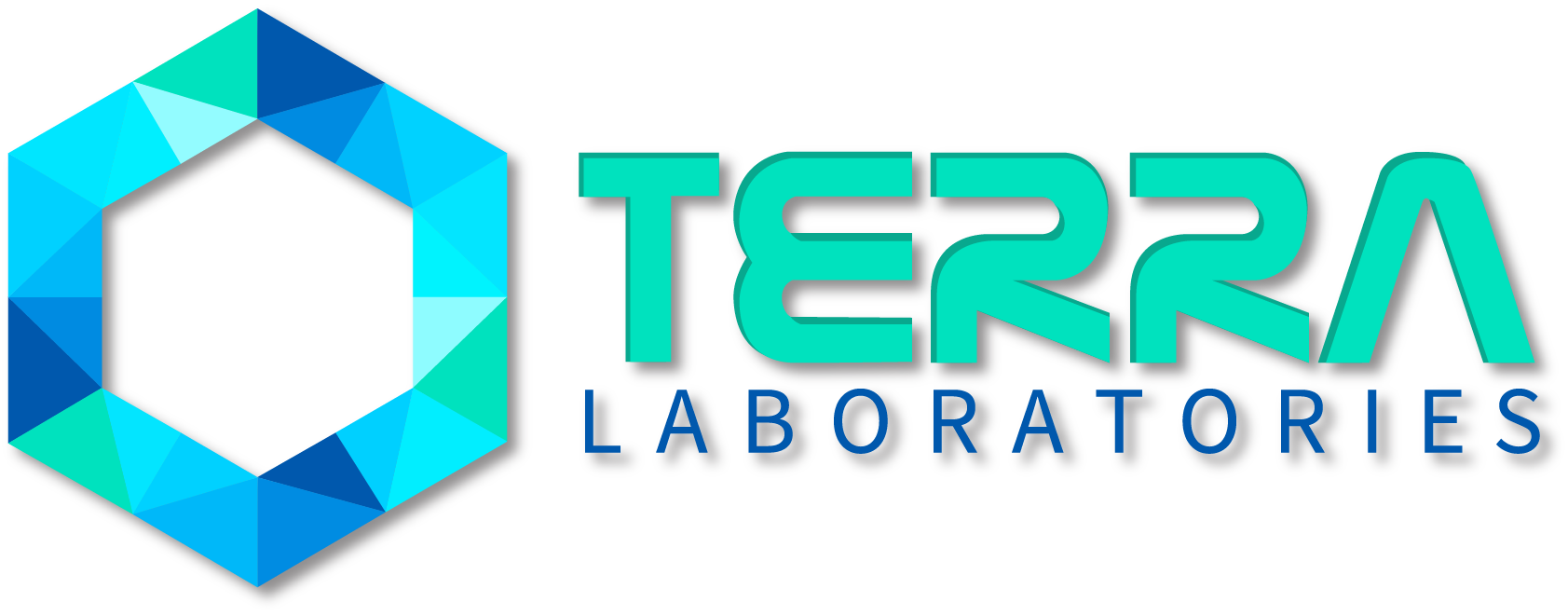TERRA LABORATORIES
LAB
SERVICES
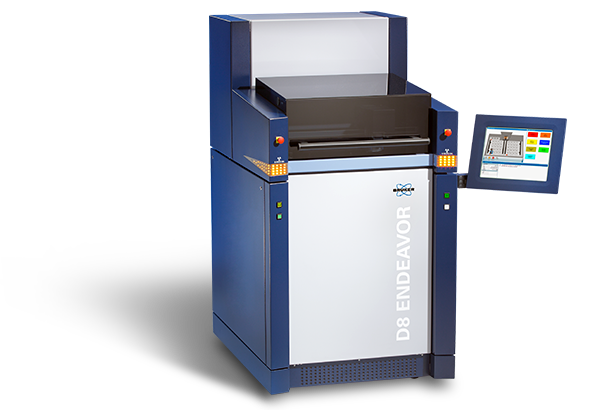
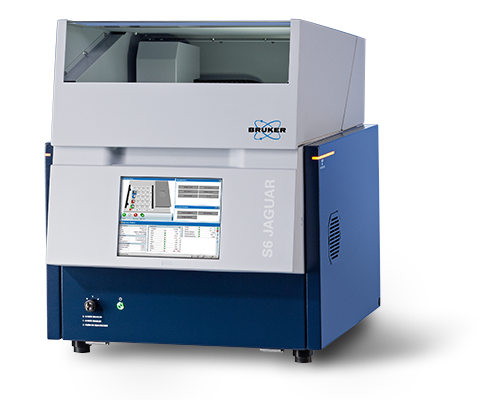
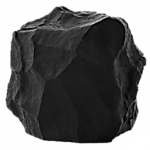
Rock Geochemistry
XRD Mineralogy | Clay Speciation | WD-XRF | HAWK Pyrolysis | FIMB – Forced Imbibition | CST/RO – Swelling & Erodibility of Clays |
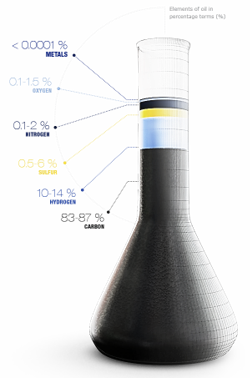
Fluids Geochemistry
High-Res GC | IRMS | Production Allocation | Oil, Gas & Water Fingerprinting | DNA |
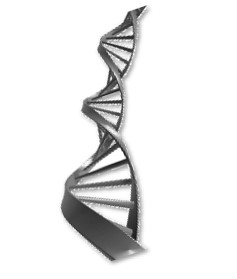
Microbiology
High-res Full genome DNA sequencing of subsurface microbes | Oil & Water | Production Allocation | Bio Tracers | Reservoir Continuity |
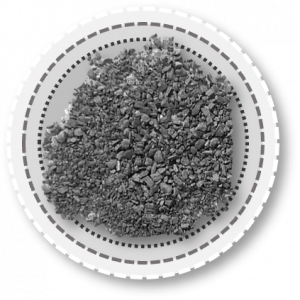
High-Res Cuttings Analysis
Derive core-like quality insights from cuttings | Reservoir & Geomechanical properties | Rock & Fluids Fingerprinting | Identify landing targets |
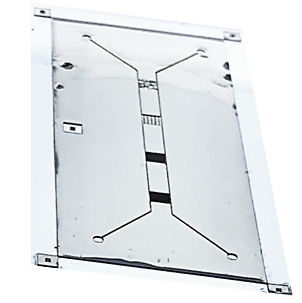
Microfluidics
Cutting-edge technology that helps to rapidly test fluids, completions & production enhancing chemicals at the pore scale level | Benchmark Surfactants & FRs | EOR & IOR |
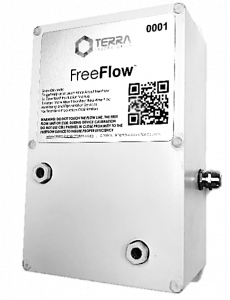
Scale, Wax & Corrosion Control
FreeFlow is a cutting-edge non-invasive technology that helps prevent wax, scale & corrosion-related issues.
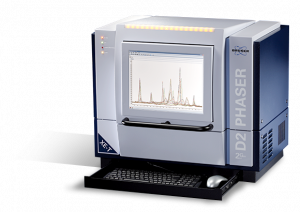
XRD - Quantitative X-Ray
Diffraction with Clay Speciation
Terra Laboratories utilizes high-quality corundum standards. High-quality agate or zirconium grinding jars are used during the sample preparation.
XRD Applications of X-Ray Diffraction Analysis
Oil & Gas, Mining, Geothermal, CCUS, Material Science: Identification of both bulk & clay minerals within geological samples. Moreover, X-ray diffraction (XRD) is an essential technique in both unconventional and conventional exploration, allowing for qualitative and quantitative mineralogical characterization. Clay speciation analysis is essential for identifying swelling-prone clays. Quantitative analysis of Gypsum/Anhydrite samples. Silica dust analysis.
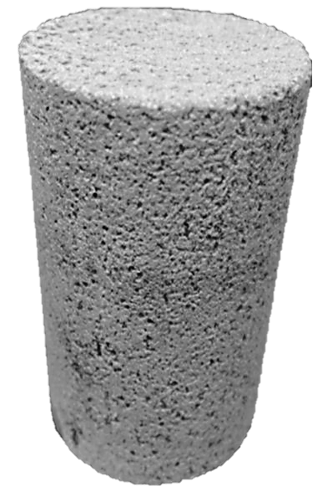
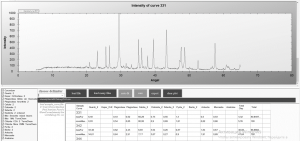
Proprietary Ai Assisted Software
Sed ut perspiciatis unde omnis iste natus error sit voluptatem accusantium doloremque laudantium, totam rem aperiam, eaque ipsa quae ab illo
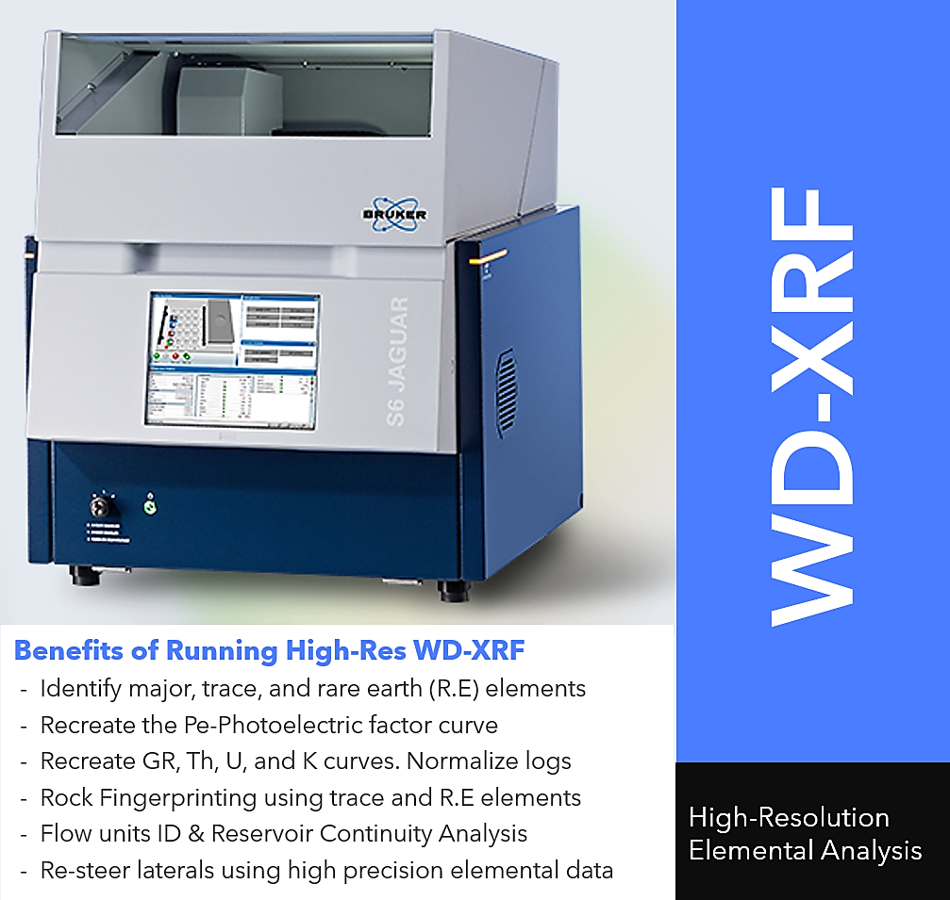
WD-XRF
Wavelength Dispersive X-Ray Fluorescence:
High Precision Elemental Analysis allows to accurately identify facies and flow units using ratios of trace elements. Rock fingerprinting allows for determining reservoir continuity, which is very important for successful field development, wellbore placement, and accurate reservoir characterization
We use industries’ best standards. Only agate or zirconium grinding jars are used during the sample preparation. Samples are pressed with a 20-ton press.
Unlike typical benchtop ED XRF equipment, the major advantage of sequential WDXRF is that every single element is analyzed with optimal instrument parameters. And the WD-XRF is the master of analytical flexibility: High direct excitation power leads to excellent element sensitivity without compromise.
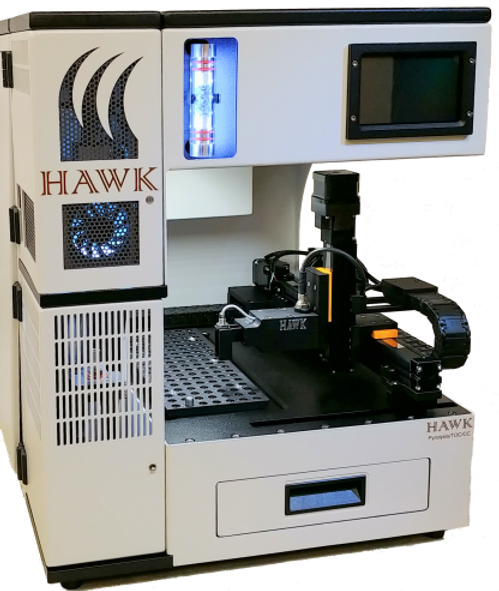
The High-Res Hawk Pam Pyrolysis Method
The Hawk Pam method breakdowns the total free oil yield (S1) into four main oil fractions Oil1: C4-C5, Oil2: C6-C10, Oil3: C10-C19, and Oil4: C20-C36) and captures all the oil yield before measuring kerogen. These measurements are very important for identifying the best landing targets and intervals with the lightest oil fractions (high API gravity oil zones).
Hawk Pyrolysis
Oil & Gas, Mining, Cement Manufacturing Industries.
This instrument analyzes core, cuttings, or outcrop samples to determine the Total Organic Carbon – TOC, Free oil – S1, hydrocarbons yield from pyrolysis of kerogen – S2, pyrolysis measurements of both CO and CO2, maturity – Tmax/Ro, measurements of generating and non-generating organic carbon from the oxidation cycles of CO & CO2. The HAWK determines carbonate content by measuring the CO2 content derived from the breakdown of carbonates.
One of the Hawk’s main advantages, it allows for better separation of liquid oil from kerogen. As a result, we get a more accurate total free oil yield (also known as S1). The Hawk-Pam method provides more accurate Tmax and Kerogen (S2) measurements (since there is no volatilizable oil carryover in the S2 peak). This method also fractionates liquid oil by different fractions (C4-C5. C6-C10. C11-C19. C20-C36), making Hawk an ideal mudlogging tool for identifying pay zones.

Advantages of Hawk Pam Method
This method allows for estimating Producible OOIP, measuring Fluid Saturation of Mobile Oil, determining Sorbed Immobile Oil, breaking down the oil by petroleum fractions (carbon number designation), measuring Total Carbonate Content, and predicting API Gravity from drill cuttings and cores.
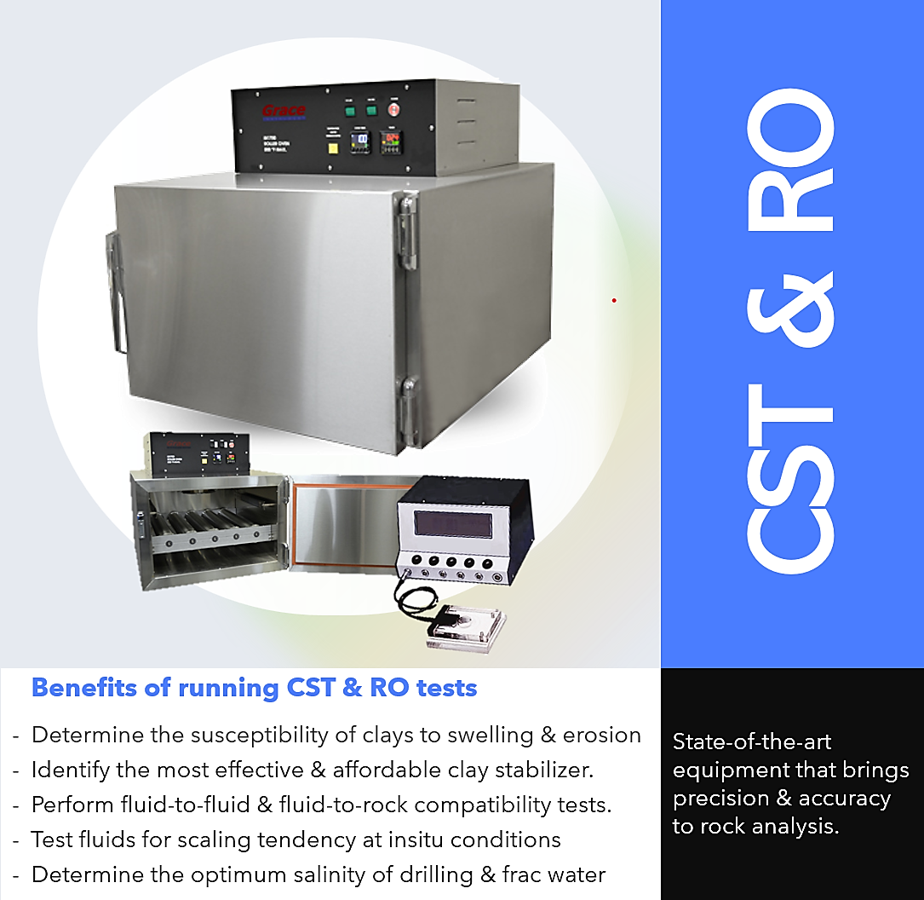
CST | RO
CST – Capillary Suction Timer | RO – Roller Oven
CST-RO tests identify geological intervals with highly sensitive, swelling and erosive clays and help determine the most effective clay stabilizers. Clay stabilizers are used as additives in drilling and fracturing fluids to prevent swelling, erosion, and skin damage.
The CST test measures the swelling tendency of clays by measuring the resistance of a rock sample saturated with a test fluid to the release of that fluid onto a porous paper-based substrate with embedded electrodes. Swelling clays absorb testing fluid, preventing it from draining, which increases the CST time.
RO – The Roller Oven Shale Stability Test simulates the circulation of a drilling or fracturing fluid through a potentially sensitive zone over a 16-hour period at reservoir temperature. The decrease in particle size due to fragmentation is indicative of the reaction of shale with various test fluids.
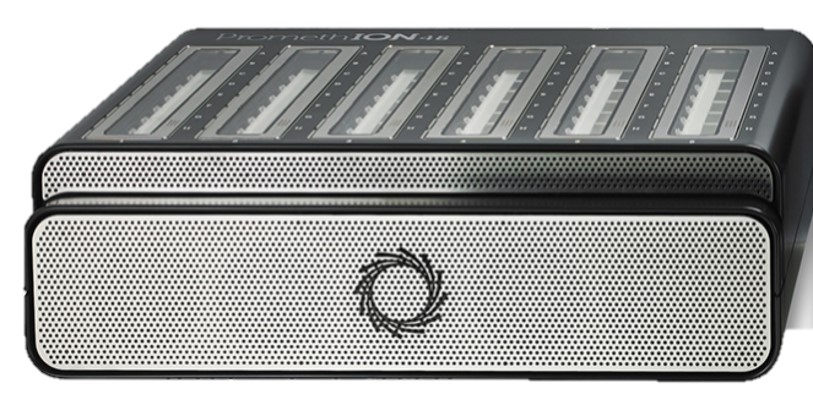
High-Resolution Full Genome DNA Sequencing
DNA sequencing allows for identifying unique Insitu microbial species not detectable by standard methods . High-Res full genome sequencing helps identifying species that matter.
DNA Tracers
Applicability: Oil & Gas, Mining, Geothermal, Environmental. Subsurface bacteria can be used as natural non-depleting tracers and biomarkers. Microbial species change with changes in temperature, mineralogy, oil, water, and gas saturation, fluid composition, and ore concentration. There are hundreds of identifiable microbial species Insitu, making them ideal biomarkers. Microbial DNAs are used as “fingerprints” or natural tracers for production allocation & reservoir continuity purposes, to identify active faults, validate commercial saturation of hydrocarbons, and ore concentration.
DNA Tracers and Sweep Efficiency: This innovative method allows monitoring of wells throughout the life of the project without the need to pump additional chemical tracers. During secondary oil recovery (waterflooding), bacterial tracers provide information about reservoir sweep efficiency & communication between wells. The affordability of this method allows for continuous monitoring of wells at the pilot stage & throughout the project’s life field-wide.
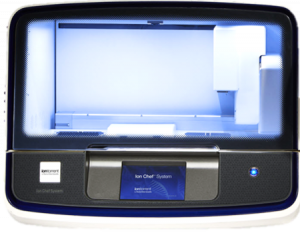
Proprietary Bioinformatics Platform & Custom Reagents
This method allows for estimating Producible OOIP, measuring Fluid Saturation of Mobile Oil, determining Sorbed Immobile Oil, breaking down
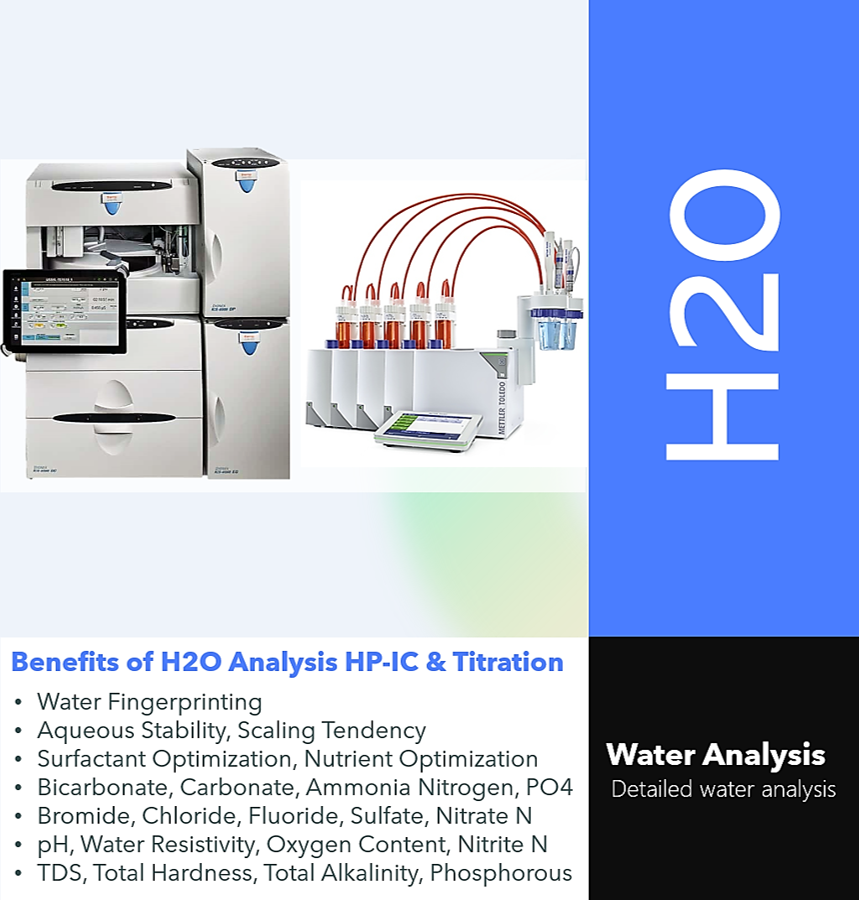
HP-IC | Titration
HP-IC High Pressure Ion Chromatography | Titration
CST measures the resistance of a slurry of rock and tests fluid to release water to a paper substrate. Clay swell and/or dispersion resists drainage giving a greater CST time.
RO simulates the circulation of the completion fluid across a potentially sensitive zone over a 16-hour period at temperature. The reduction of particle size due to fragmentation is an indication of the reaction of shale particles with various test fluids
Projects Worldwide
THE MOST CAPABLE AND ADVANCED
Microfluidics Platform
Sweep Efficiency Without Surfactant
Your content goes here. Edit or remove this text inline or in the module Content settings. You can
Your content goes here. Edit or remove this text inline or in the module Content settings. You can also style every aspect of this content in the module Design settings and even apply custom CSS to this text in the module Advanced settings.
Sweep Efficiency With Surfactant
Your content goes here. Edit or remove this text inline or in the module Content settings. You can
Your content goes here. Edit or remove this text inline or in the module Content settings. You can also style every aspect of this content in the module Design settings and even apply custom CSS to this text in the module Advanced settings.
MAIN SERVICES: Rapid and Accurate Surfactants, FRs, & Polymers Benchmarking | Flowback Performance Test | Polymers Elongation and Propagation Test | EOR & IOR Optimization | Regain Perm Test | MEOR Nutrients Optimization | True Fluid-to-Rock and Fluid-to-Fluid Interaction | Surfactant to Rock Adsorption ratio |
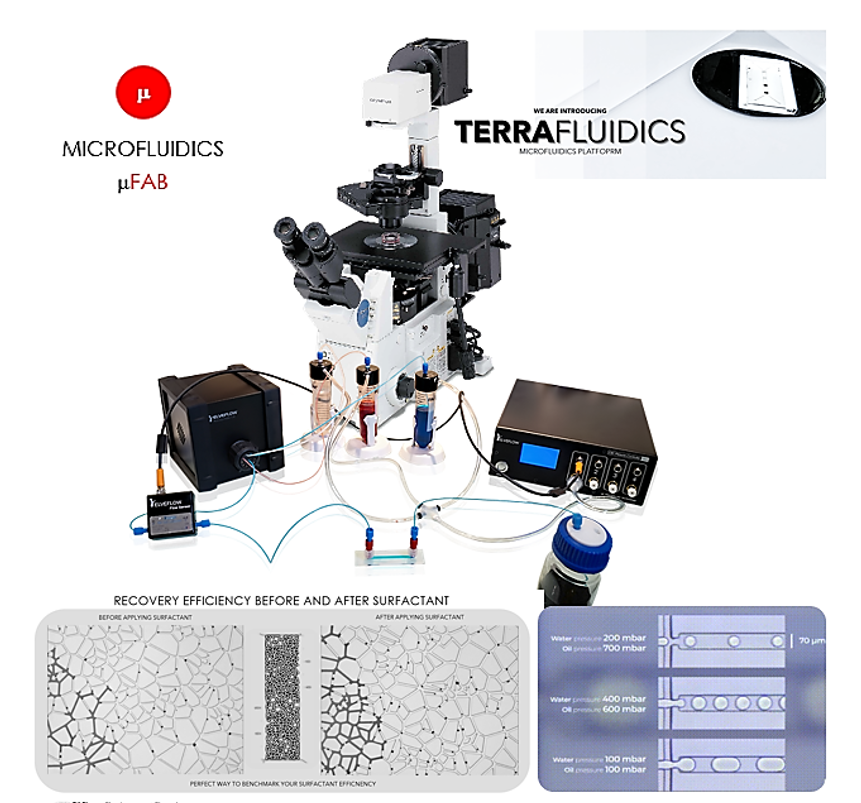
UNIQUE CAPABILITIES OF TERRA MICROFLUIDICS PLATFORM
The only commercial platform capable of measuring relative permeability | The only commercial lab capable of coating pore channels with calcite minerals | One of the few labs capable of replicating actual micro & nano scale pores | Capability recreating true insitu wettability conditions – Oil, Water, or Mixed wettability | Capability of using actual rock & fluids extracted from cuttings of an actual well and rapidly testing production enhancing chemicals |

